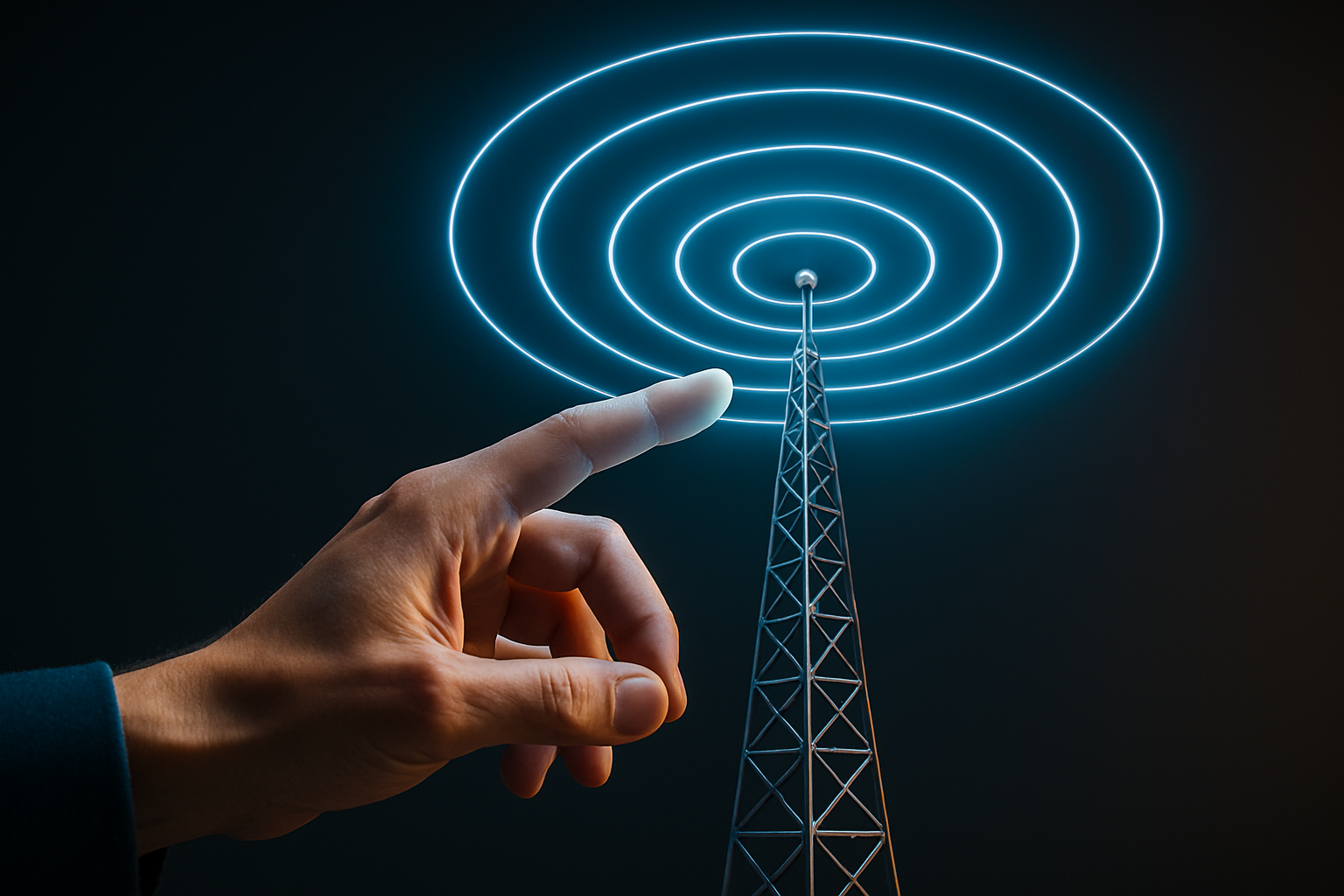Unraveling the Potential of Fixed Wireless Access
In the ever-evolving world of telecommunications, one technology is steadily gaining traction and transforming the way we connect to the internet. Fixed Wireless Access (FWA) is a method of delivering broadband internet services to homes and businesses using wireless networks, and it's poised to play a significant role in the future of connectivity.

A Glimpse into the Past and Present of Fixed Wireless Access
Fixed Wireless Access is not a new concept. It has been around for decades, providing connectivity solutions in areas where traditional wired connections were not feasible. However, with the advent of advanced wireless technologies, FWA has evolved significantly. It has moved from being a niche solution to a mainstream alternative for broadband connectivity, especially in areas where laying cables is challenging or cost-prohibitive.
The Growing Popularity of Fixed Wireless Access
The rise in the popularity of FWA can be attributed to several factors. The demand for high-speed internet is growing exponentially, and traditional wired networks are struggling to keep up. FWA offers a cost-effective solution to this problem, providing high-speed connectivity without the need for expensive infrastructure. Additionally, regulatory changes are also favoring the adoption of FWA. Governments around the world are recognizing the potential of FWA to bridge the digital divide and are implementing policies to promote its use.
The Impact and Challenges of Fixed Wireless Access
FWA has the potential to revolutionize the way we access the internet. It can provide high-speed connectivity to remote and rural areas, helping to bridge the digital divide. However, there are also challenges associated with FWA. The technology relies on line-of-sight connections, which can be affected by physical obstacles and weather conditions. Additionally, while FWA can provide high-speed connectivity, it may not be able to match the speeds offered by fiber-optic networks.
Practical Applications of Fixed Wireless Access
FWA has a wide range of practical applications. It can be used to provide broadband connectivity to homes and businesses in areas where traditional wired connections are not feasible. It can also be used to provide temporary internet access at events or in disaster-stricken areas. Additionally, FWA can be used to provide backhaul connectivity for cellular networks, helping to improve the performance of mobile networks.
The Future of Fixed Wireless Access
The future of FWA looks promising. With advancements in wireless technologies, the performance and reliability of FWA are set to improve. Additionally, the growing demand for high-speed internet and the push from governments to bridge the digital divide are likely to drive the adoption of FWA. However, the success of FWA will depend on overcoming the challenges associated with the technology and ensuring it can provide a reliable and high-speed connectivity solution.
In conclusion, Fixed Wireless Access is a promising technology that has the potential to transform the way we connect to the internet. It offers a cost-effective solution to the growing demand for high-speed internet and can help bridge the digital divide. However, to realize its full potential, the challenges associated with the technology need to be addressed.




